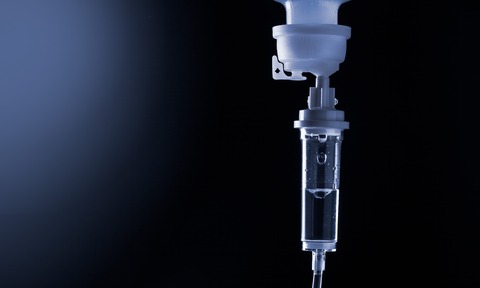
An application report from Anton Paar details an experiment which shows how Dynamic Light Scattering can be used to measure particle size and prevent contaminations in intravenous infusions.
Intravenous infusions are administered directly into the bloodstream, and so do not pass through the protective filters of the digestive system before being circulated through somewhat vulnerable areas, such as the heart and lungs. A common risk from intravenous infusions is contamination by particles that are not visible to the eye.
Contamination can have many sources, including unwanted chemical reactions of the drug, incompatibility with other drugs or glassware, rubber particles from the product's container, or precipitation of the drug. Precipitation is caused by low or
decreased drug solubility, which can arise through too-high drug concentration, or through the solvent’s pH or ionic strength. If the drug is more lipophilic and hard to dissolve or disperse in water, it is more likely that particles may precipitate.
These unwanted particles can lead to severe problems such as heart attacks, phlebitis, thrombosis or embolisms in the lung. Particles can arise during production or storage and can be caused by glassware, dust, precipitation of the drug, rubber or any other material in contact with the product.
In addition to the health risks, there are also financial consequences that should be considered. Contamination by particles can lead to extended hospital stays and treatments, which generally carry high costs.
Therefore, for quality-control purposes, it is important to check for such unwanted particles. Dynamic light scattering is a fast and accurate way to analyse the particle size and particle-size distribution, even with small sample amounts.






